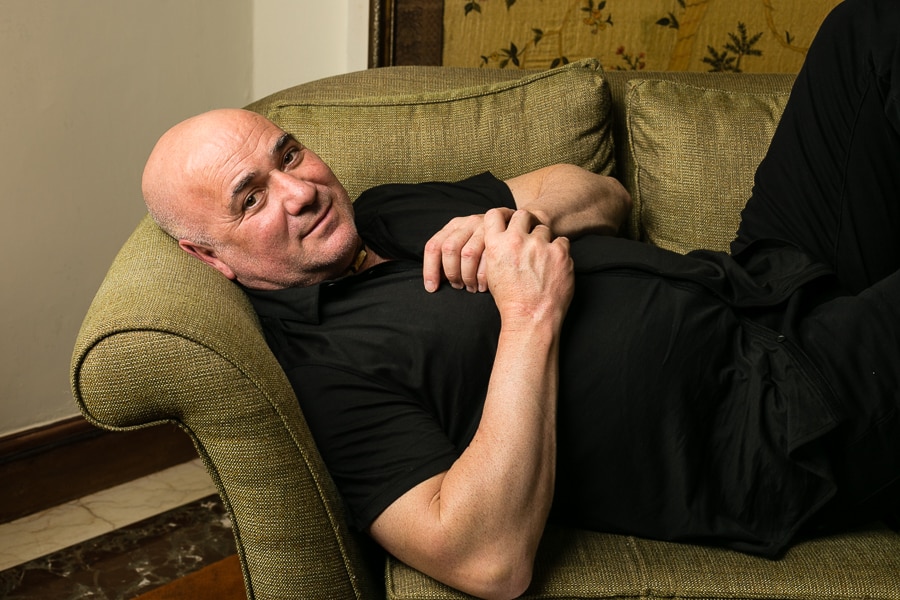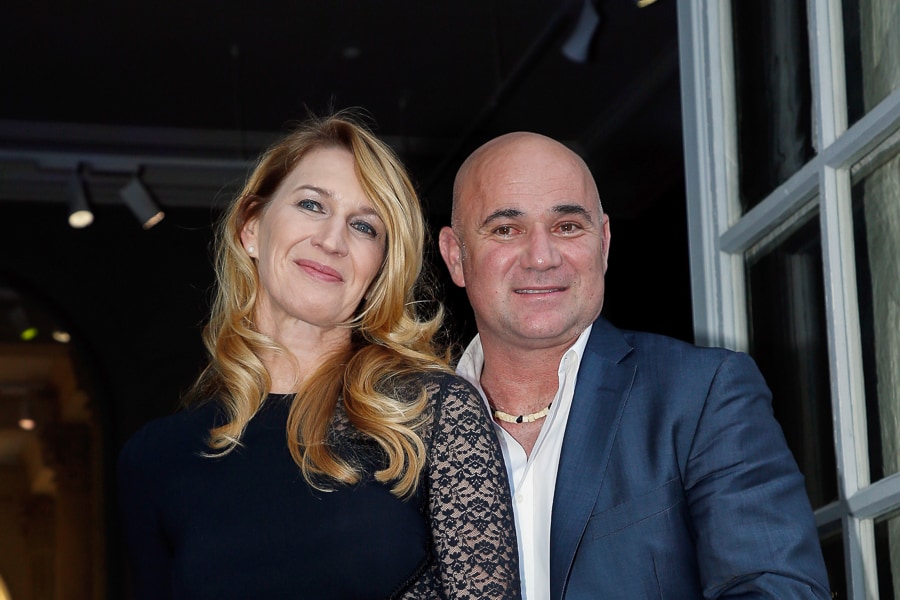
Your education shouldn't be tied to your zip code: Andre Agassi
Tennis legend-turned-philanthropist on his ambitions to transform early-stage learning and bring about a generational change through technology-enabled education
 Image: Madhu Kapparath
Image: Madhu Kapparath
Andre Agassi throws us off a bit when he asks if this is going to be a print story or video. As we fumble with a long-winded answer on it being both—multi-format journalism, you see—he stops us with a calming wave of the hand, “No no, it’s fine. Just that if you’re going to write during the interview, I won’t speak too fast.”
With a mentorish lilt in his tone, Agassi almost makes you forget his CV that boasts eight Grand Slams, an Olympic gold medal and a fake mane that had its own fan-following (but that’s another story). In the Zoom ‘classroom’ that we’re in, the 50-year-old is an education evangelist, expressing his disappointment at a stagnant system while also plotting feverish attempts at rewiring it. “If I took you back 200 years and showed you a classroom, you’d know what it is, because that’s exactly how it is today,” he says. “I’m looking to change it.” As he segues from simple statistics to complex neuroscience research on early-stage learning, it’s clear that this is a man extremely comfortable in his skin, a far cry from the times when he held deep hatred for a game he excelled in.
21st century skilling is a subject that comes up often in the conversation and Agassi goes to great lengths to explain how he’s walking the talk at the 100+ charter schools he’s established across the US. “And that’s why I am in Delhi too,” says the largest stakeholder in edtech startup Square Panda, which facilitates early learning through artificial intelligence (AI). Also the chairman, Agassi announced during his short stay that the company is going to invest $50 million over three years towards early-stage education for 5 million primary school children. In a freewheeling conversation with Forbes India, the 50-year-old shared his insights on the education system, his effort to recalibrate it, and how the empty-nest syndrome is creeping upon him and his wife, German tennis legend Steffi Graf. Edited excerpts:
You set up the Andre Agassi Foundation for Education way back in 1994 to focus on public education. What makes education a subject so close to your heart?
Despite appearing to be successful at what I did as a tennis player, I lived a life very disconnected because it was never my choice to play tennis. The disruption led me to a breaking point where I was going to quit at a very early age. And then I demanded from myself that just because I couldn't choose my life doesn't mean I can't take ownership of it. And I wanted to find my reason for playing, I wanted to find something bigger than me that I was still connected to. Then, I saw the show '60 Minutes' in which two guys rolled up their sleeves and systemically changed the lives of children who had no choice [through the charter school system]. When you are in an impoverished neighbourhood, when you don't have opportunities or equity in society, there is really no choice. I made it my mission that day to create a choice for kids through education. To me, that's the future they're choosing and that's connected to the lack of choice and lack of education I fought in my life.
 “Like any good business, a good marriage is one that stays pretty nimble to the seasons of life. Life requires you to be partners, so you bet on people--I bet on her and she bet on me and we are grateful every day for that" - Andre Agassi
“Like any good business, a good marriage is one that stays pretty nimble to the seasons of life. Life requires you to be partners, so you bet on people--I bet on her and she bet on me and we are grateful every day for that" - Andre Agassi



